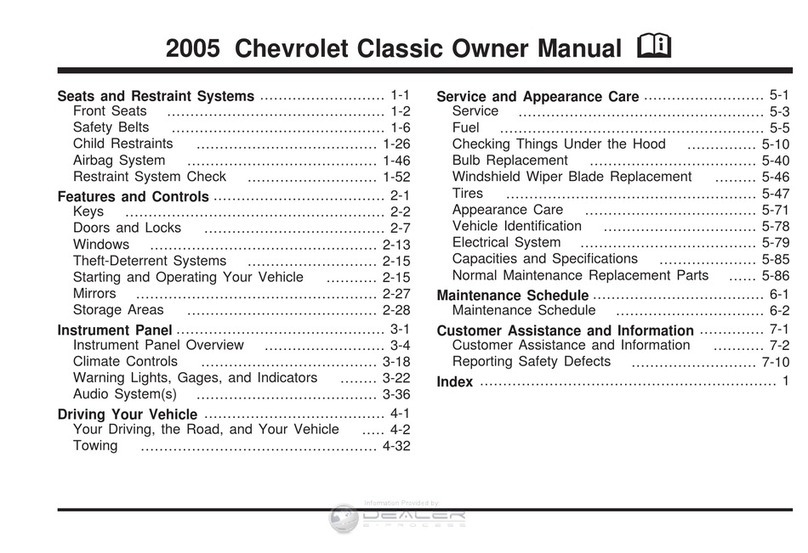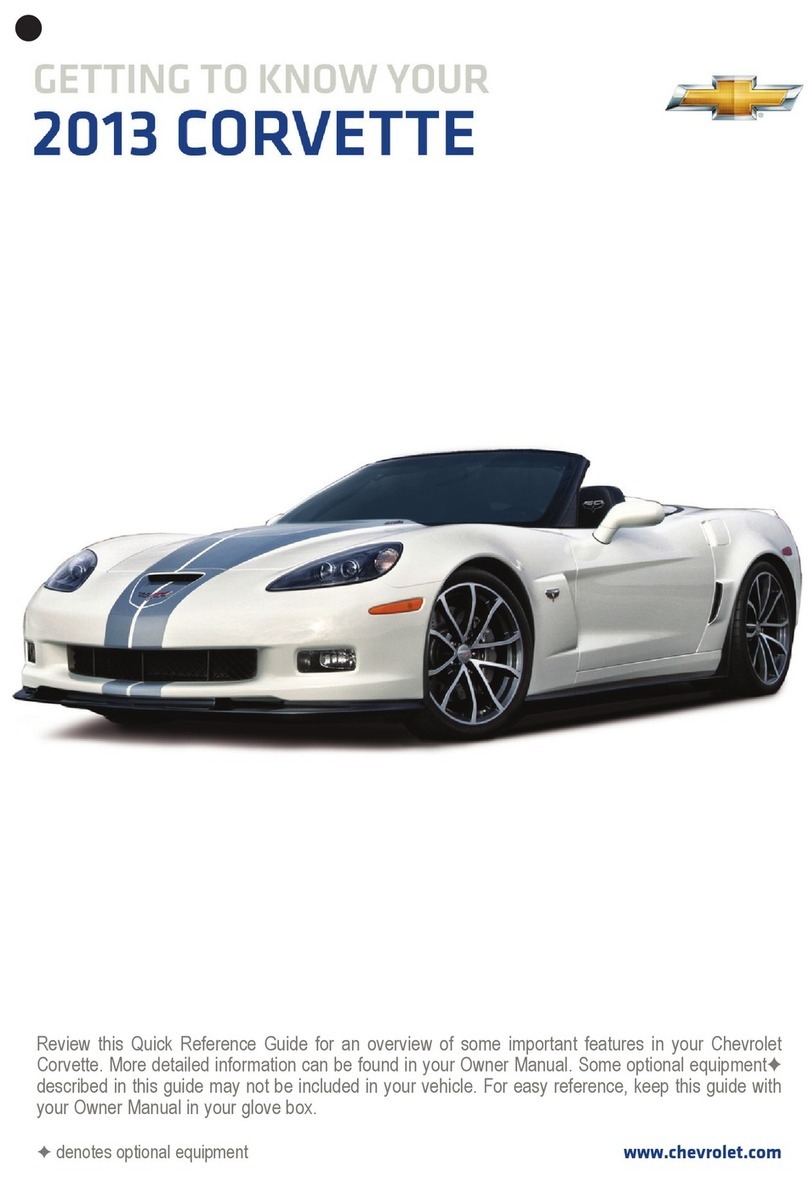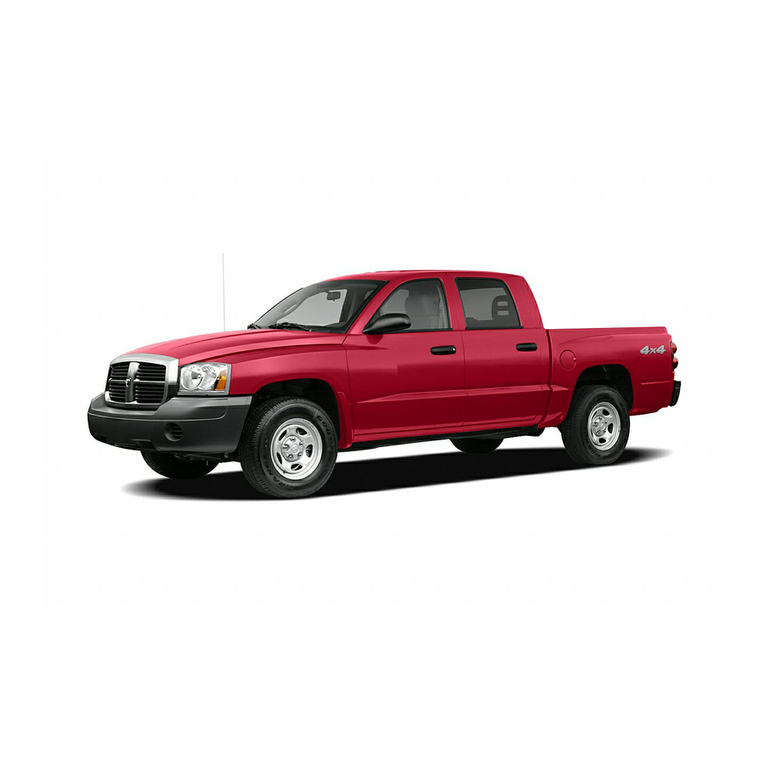Chevrolet 1996 Cavalier User manual
Other Chevrolet Automobile manuals

Chevrolet
Chevrolet Optra 2004 User manual
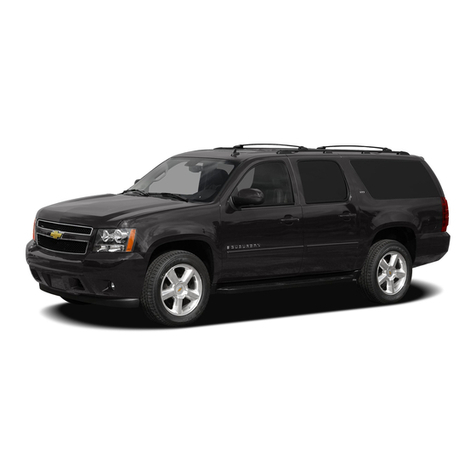
Chevrolet
Chevrolet 2008 Tahoe User manual

Chevrolet
Chevrolet Cobalt 2005 User manual
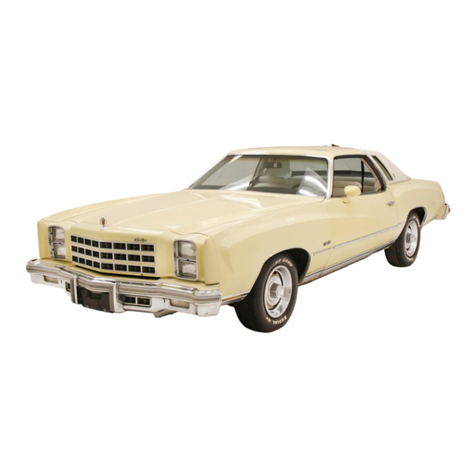
Chevrolet
Chevrolet Chevelle 1977 Operating instructions

Chevrolet
Chevrolet ORLANDO User manual

Chevrolet
Chevrolet 2003 Venture User manual

Chevrolet
Chevrolet Equinox 2021 User manual
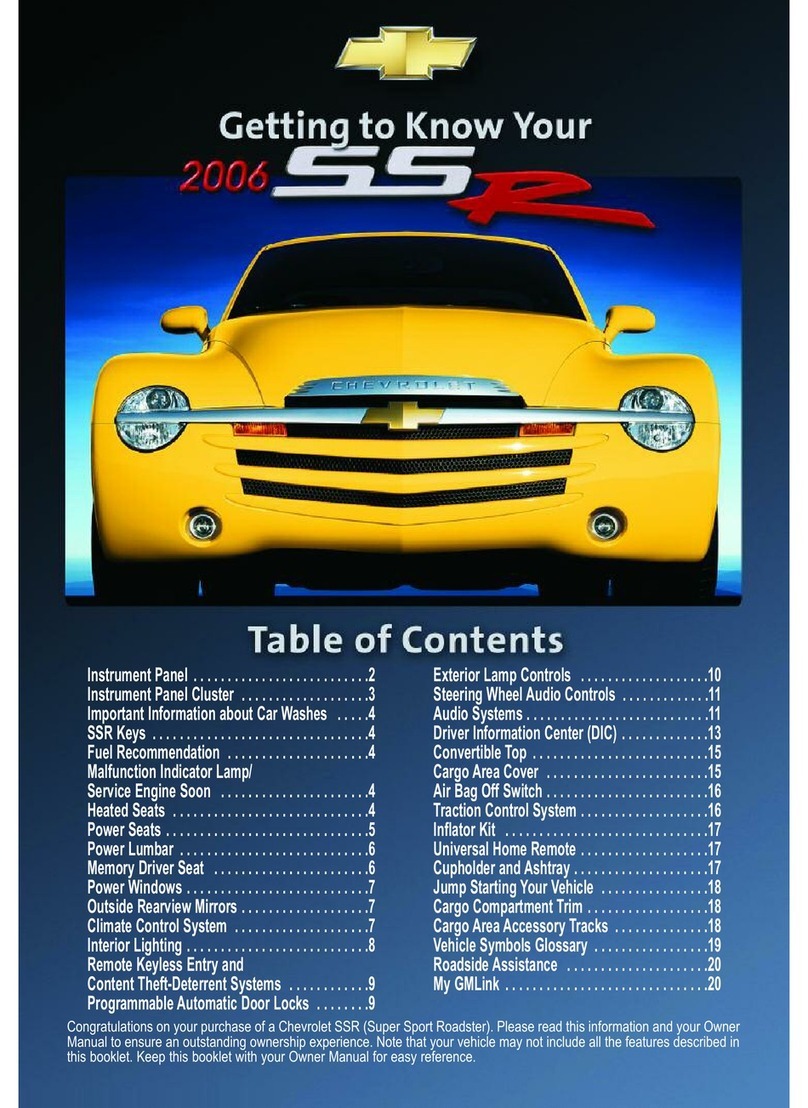
Chevrolet
Chevrolet 2006 Equinox User manual

Chevrolet
Chevrolet GMC Equinox 2013 Assembly instructions

Chevrolet
Chevrolet 2014 CORVETTE User manual
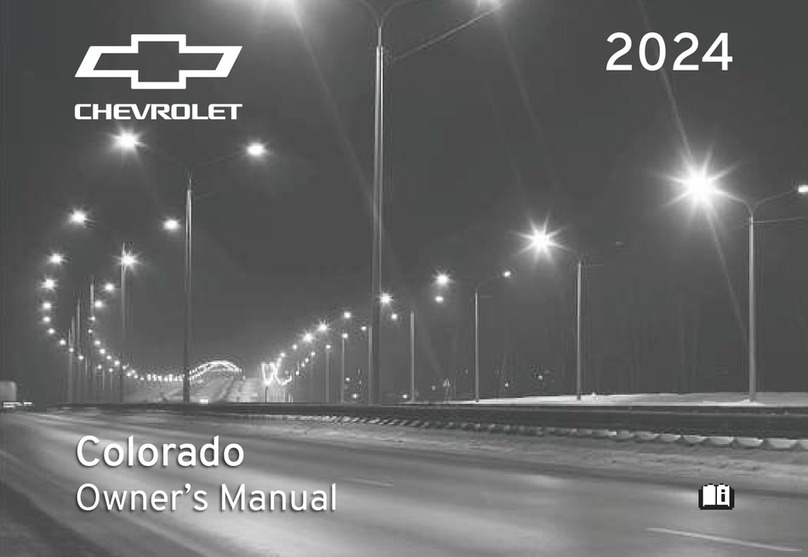
Chevrolet
Chevrolet Colorado 2024 User manual

Chevrolet
Chevrolet sonic 2016 User guide
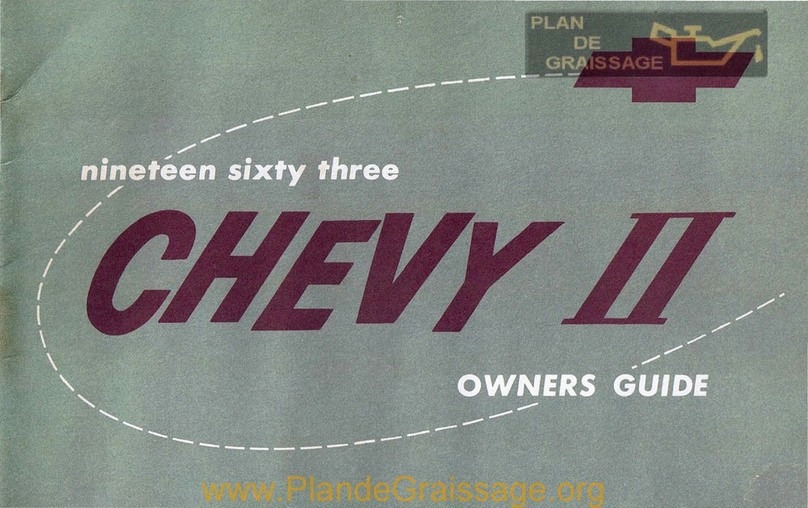
Chevrolet
Chevrolet CHEVY II 1963 User manual

Chevrolet
Chevrolet Silverado 2004 User manual
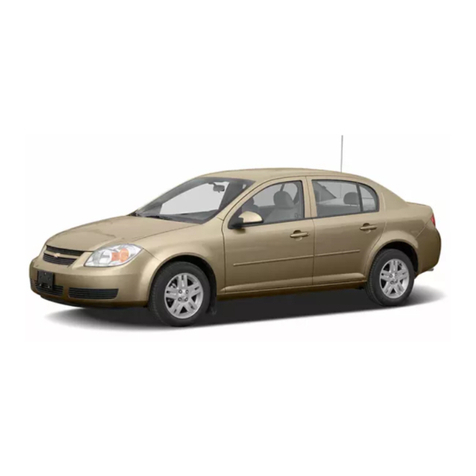
Chevrolet
Chevrolet 2006 Cobalt User manual

Chevrolet
Chevrolet 2000 Malibu User manual

Chevrolet
Chevrolet CORVETTE User manual

Chevrolet
Chevrolet 1970 User manual

Chevrolet
Chevrolet 2013 VOLT User manual
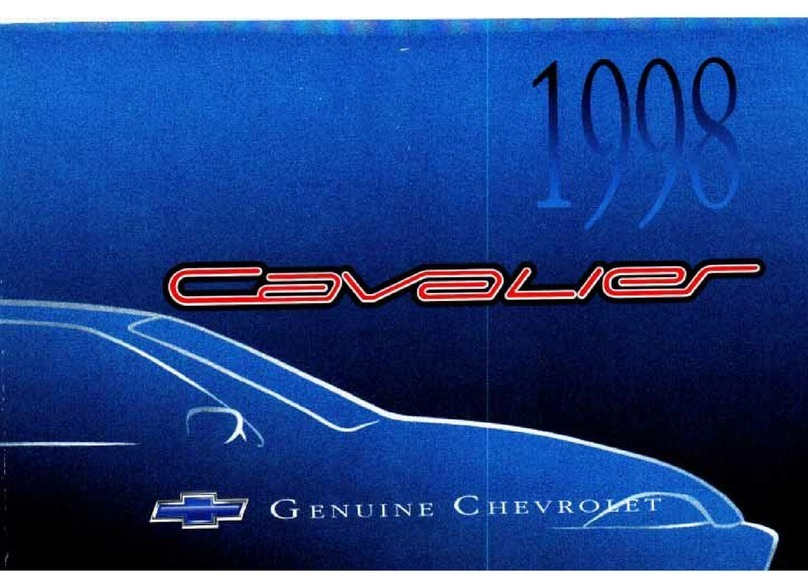
Chevrolet
Chevrolet 1998 Cavalier User manual

